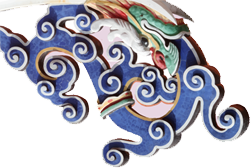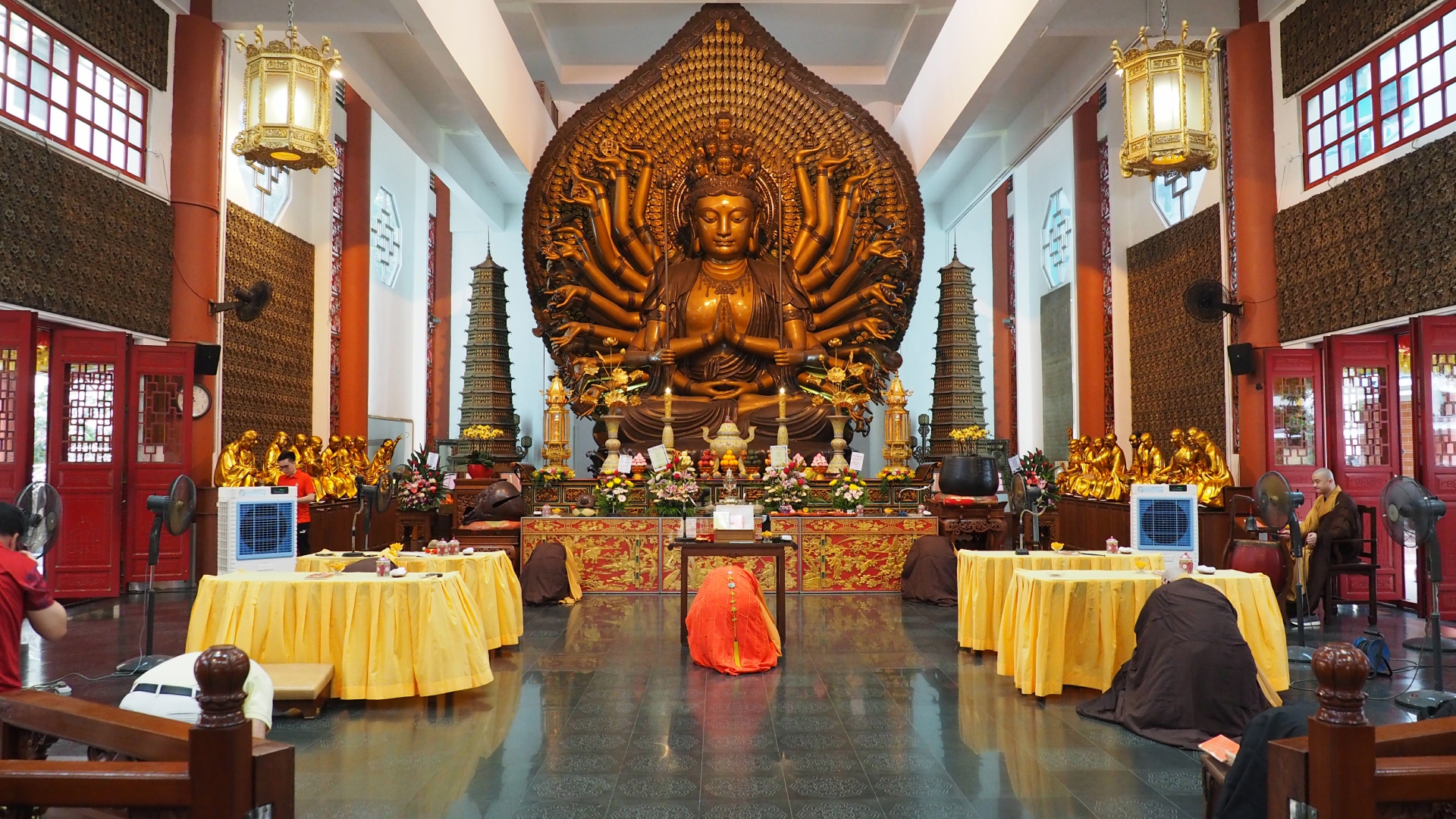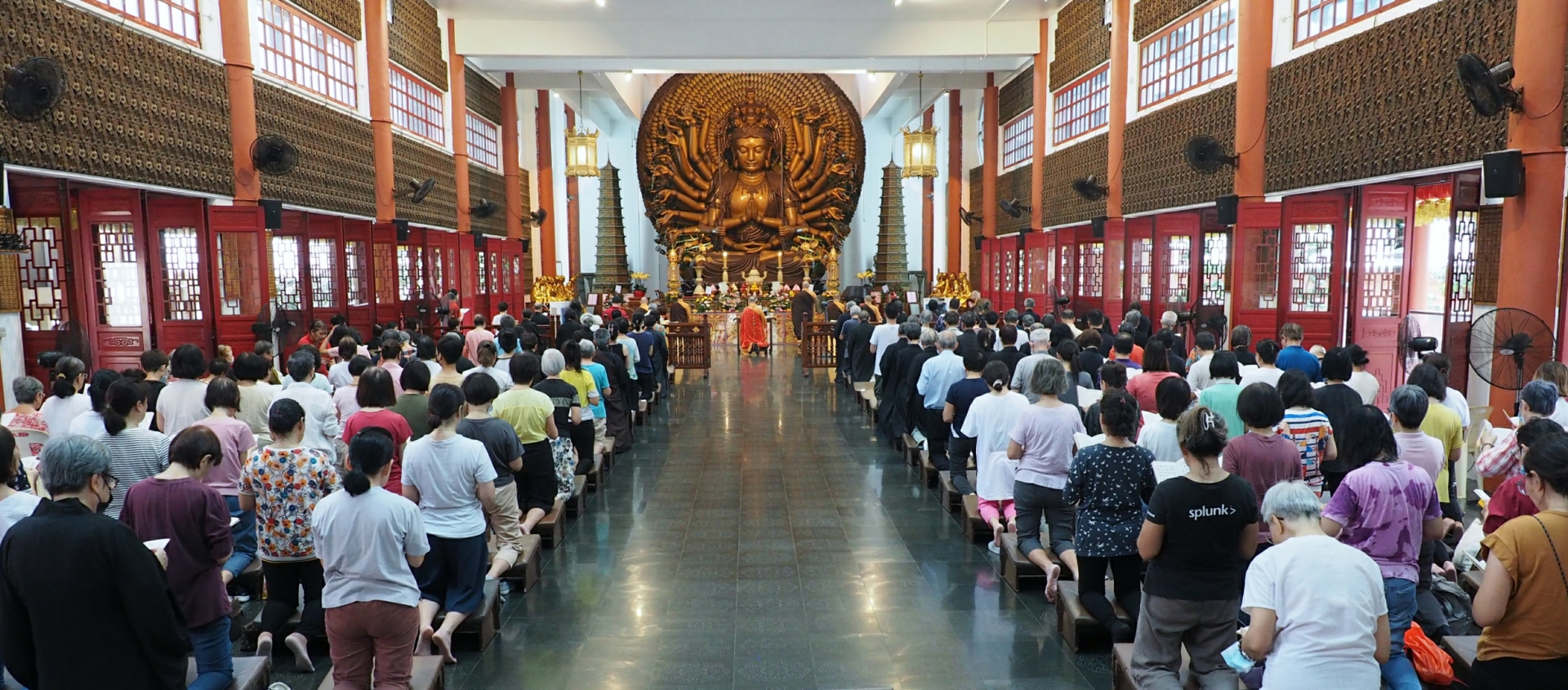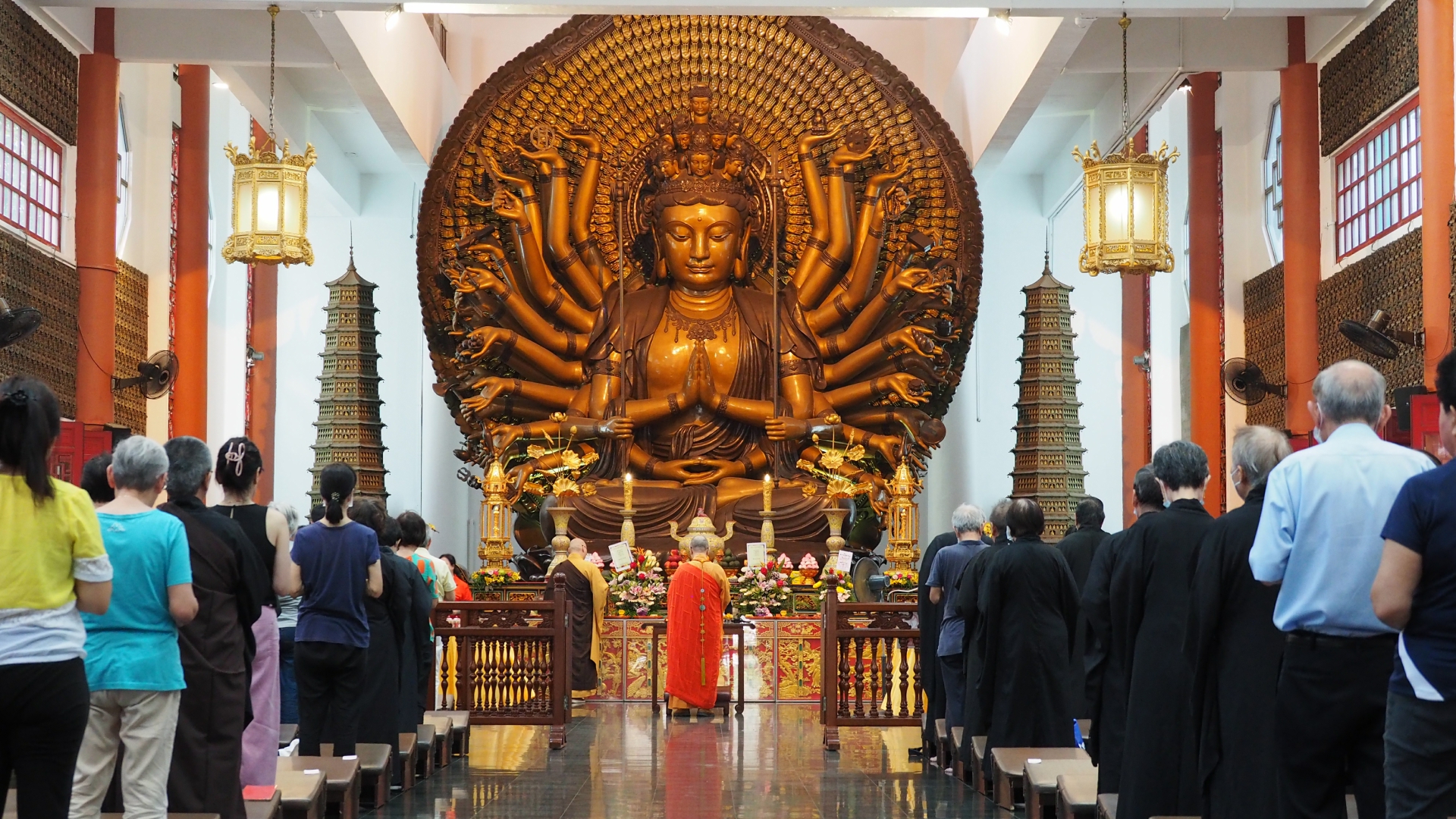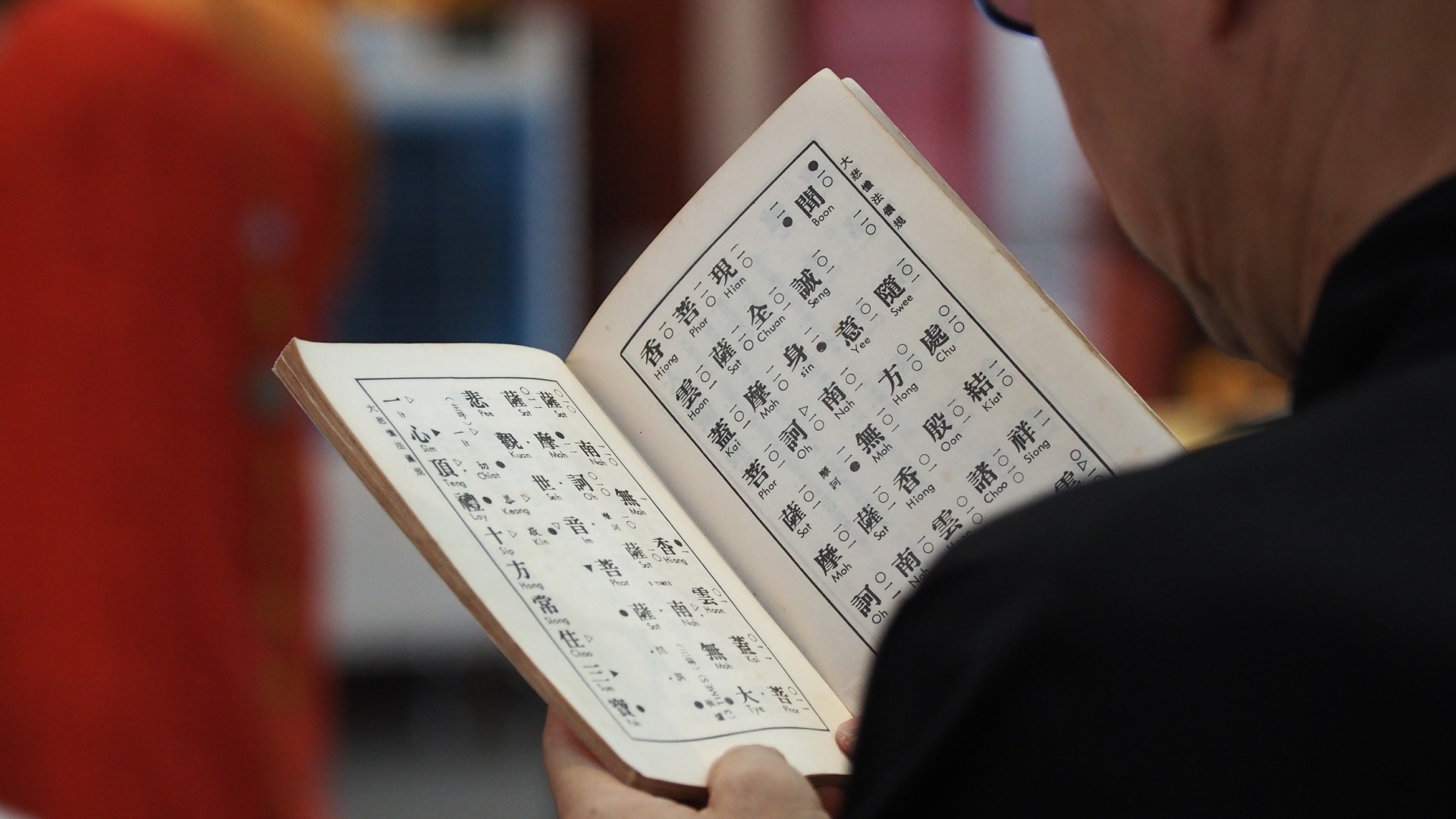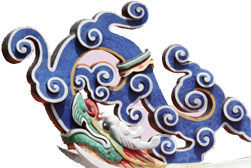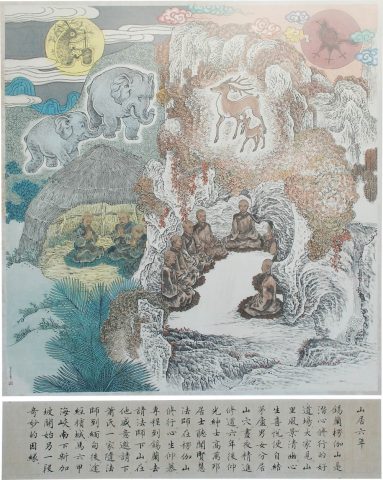
image description
The Mount Laṅkā in Ceylon was no doubt a place ideal for noble practices. Everyone was happy once they saw the peaceful environment around the mountain. Rapidly they built some cottages near the caves with the monks occupying one and the nuns another. For six years, they strived on untiringly in the path of cultivation. In 1897 Winter, Mr. Gao Wang Bang of Myanmar came and invited Master Xian Hui over to Myanmar for dharma talks after learning about his virtues and achievements. The Master agreed. In 1898, he brought his accompanying members along with him to Myanmar. Upon finishing the dharma talks there, they decided to return to China, but ended up arriving at Singapore and had an unusual encounter with Low Kim Pong.


